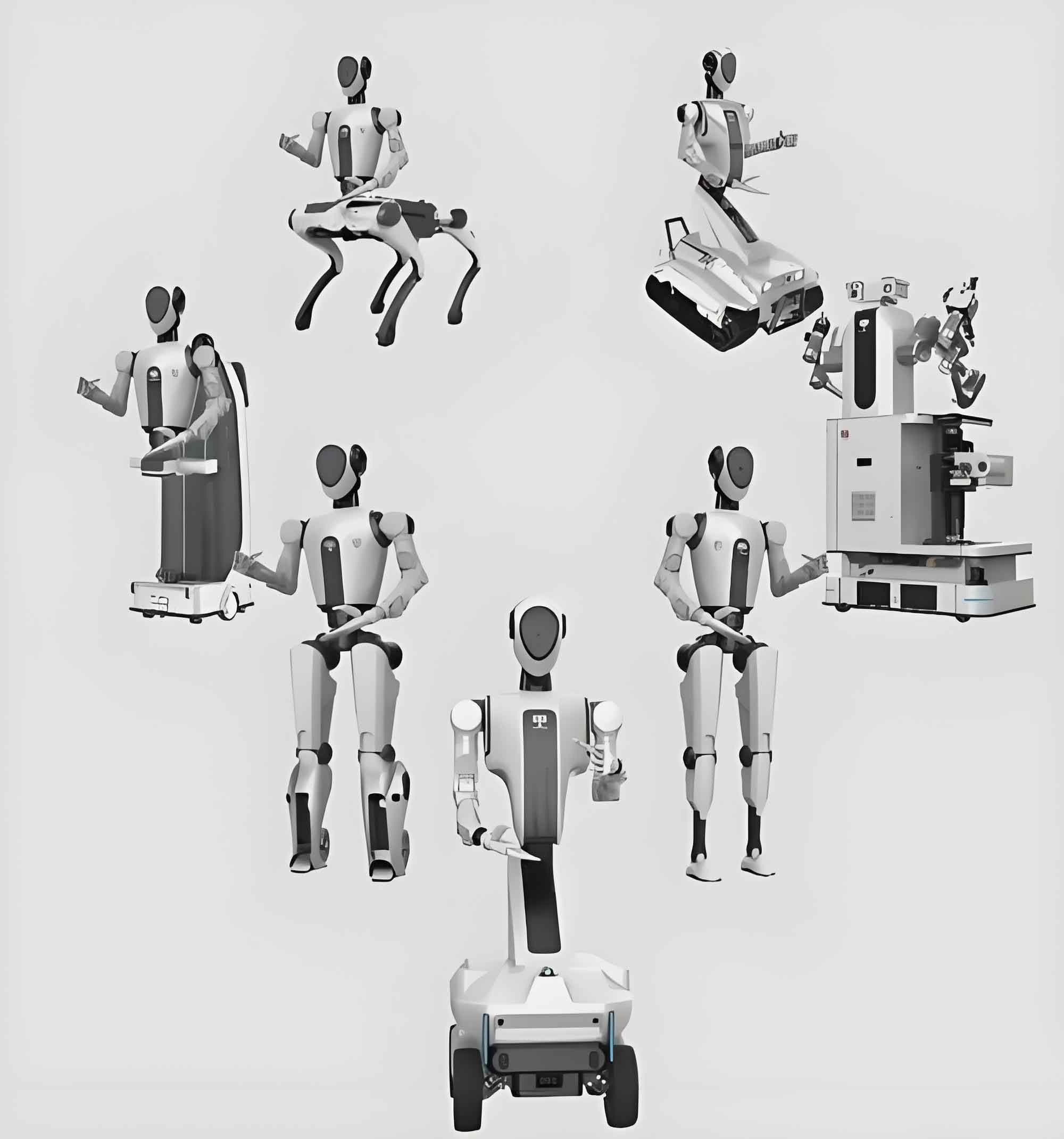The pressing challenge of providing dignified, safe, and sustainable care for Zhuhai’s growing population of disabled and semi-disabled elderly residents dominated discussions at the city’s recent legislative sessions. A groundbreaking proposal by Yang Xiaoyue, City Committee Member and Director of Nursing at the Fifth Affiliated Hospital of Sun Yat-sen University, advocates for a fundamental shift: the widespread adoption of AI robot technology to pioneer “unattended nursing” models, potentially transforming the landscape of elderly care.

Yang’s comprehensive proposal, submitted during the sessions, paints a stark picture of the current realities within healthcare institutions and homes. Nursing teams grapple with severe shortages, particularly for labor-intensive, physically demanding, and high-risk tasks essential for vulnerable elderly patients. Preventing pressure ulcers, managing incontinence, assisting with bathing, facilitating outdoor activities, and safely repositioning individuals between sitting and lying postions represent daily hurdles. The shortage of specialized personnel often leads to inconsistent care standards. Concurrently, the immense financial burden on families covering medical treatment, rehabilitation, and long-term nursing costs underscores an urgent need for systemic innovation.
“The integration of AI robot systems represents a critical pathway to meet the complex nursing demands of our aging population and alleviate family burdens,” Yang stated emphatically. She envisions a future where AI robot solutions, powered by next-generation information technology, become central to elderly well-being. The potential applications are vast and transformative. AI robot platforms equipped with intelligent sensors could enable continuous, real-time monitoring of vital signs, providing early warnings of potential health deteriorations. They could reliably perform essential hygiene tasks like cleaning. Furthermore, sophisticated AI robot algorithms hold immense promise for assisting clinical decision-making, analyzing patient data to suggest optimal care interventions.
The most ambitious vision Yang outlined involves humanoid AI robot companions. “Looking ahead, advanced AI robot technology could achieve truly unattended nursing and intelligent companionship,” she projected. “These sophisticated AI robot systems have the potential to undertake up to 99% of routine nursing duties, ensuring constant supervision and support.” This level of automation would fundamentally redefine patient care, offering unprecedented safety nets and freeing human nurses to focus on complex clinical judgment, emotional support, and tasks requiring profound human empathy that AI robot assistants cannot replicate.
To realize this vision, Yang’s proposal calls for robust, coordinated action from government and society. She stresses the necessity for increased investment and policy backing specifically for AI robot caregiving technologies. Key recommendations include:
- Strengthening Institutional Frameworks: Overhauling and refining nursing care mechanisms for disabled elderly citizens, establishing dedicated funding streams to cultivate a specialized workforce capable of working alongside and managing AI robot systems.
- Fostering Innovation and Standards: Actively promoting partnerships between government entities, medical institutions, universities, and technology developers. This collaboration is vital for accelerating the research, development, and strategic introduction of advanced AI robot platforms tailored for elderly care. Crucially, comprehensive technical and ethical standards governing the deployment, operation, and safety of these AI robot caregivers must be established concurrently.
- Prioritizing Vulnerable Populations: Leveraging health department resources to prioritize access to 24/7 AI robot companionship and assistance for the most vulnerable groups, particularly childless disabled or semi-disabled seniors. Combining AI robot solutions with targeted policy subsidies could dramatically reduce the often-overwhelming physical, emotional, and financial pressures experienced by family caregivers.
The implications of successfully implementing such an AI robot-driven strategy extend far beyond easing staff shortages. It promises enhanced quality of life for elderly individuals, enabling greater independence and dignity through consistent, reliable support. The constant monitoring capability of AI robot systems offers a significant improvement in patient safety, potentially reducing falls, unnoticed health incidents, and complications like pressure ulcers. Economically, while the initial investment in AI robot infrastructure is substantial, the long-term potential to curb soaring healthcare and eldercare costs for both families and the public system is considerable. Furthermore, the deployment of AI robot caregivers could mitigate the physical strain and burnout prevalent among human nursing staff, allowing them to dedicate more time to skilled therapeutic interactions.
However, the transition to AI robot-enabled “unattended nursing” is not without challenges. Significant questions regarding the substantial initial capital investment required for widespread AI robot deployment need addressing. Ensuring seamless integration of AI robot workflows within existing healthcare systems and nursing practices is paramount. Public acceptance and trust, particularly among the elderly population and their families, will be crucial; transparent communication about the capabilities and limitations of AI robot caregivers is essential. Robust data security protocols for the sensitive health information handled by AI robot systems are non-negotiable. Perhaps most critically, the ethical dimensions of replacing human touch and companionship with AI robot interaction demand careful, ongoing societal dialogue. The technology must be designed and deployed to augment human care, not replace the irreplaceable elements of compassion and emotional connection, ensuring the AI robot serves as a tool for enhancing human dignity, not diminishing it.
Yang Xiaoyue’s proposal positions Zhuhai at the forefront of a potential revolution in geriatric care. By strategically embracing AI robot technology, the city has the opportunity to pioneer scalable, high-quality, and sustainable solutions for its aging citizens. The vision of AI robot assistants reliably managing the bulk of physical care tasks, monitored by intelligent systems, and guided by sophisticated algorithms, offers a compelling response to the demographic pressures mounting nationwide. The journey towards effective “unattended nursing” powered by AI robot platforms will require careful navigation of financial, technical, and ethical considerations. Yet, the potential rewards – safer, more dignified aging for Zhuhai’s elderly population, significant relief for families and healthcare workers, and a model for modern eldercare – make the exploration and responsible implementation of AI robot caregivers an imperative worthy of substantial commitment and investment. The future of elderly care in Zhuhai may well be shaped by the sophisticated integration of AI robot technology into the very heart of nursing practice.
